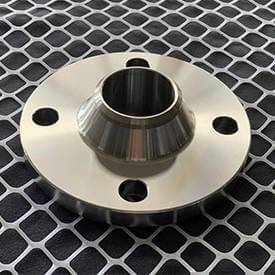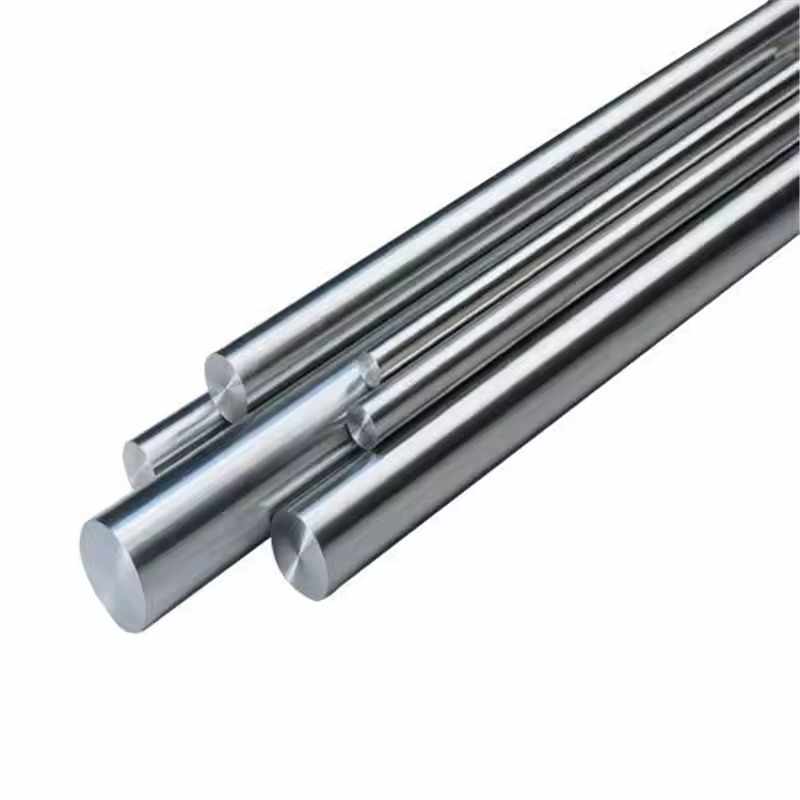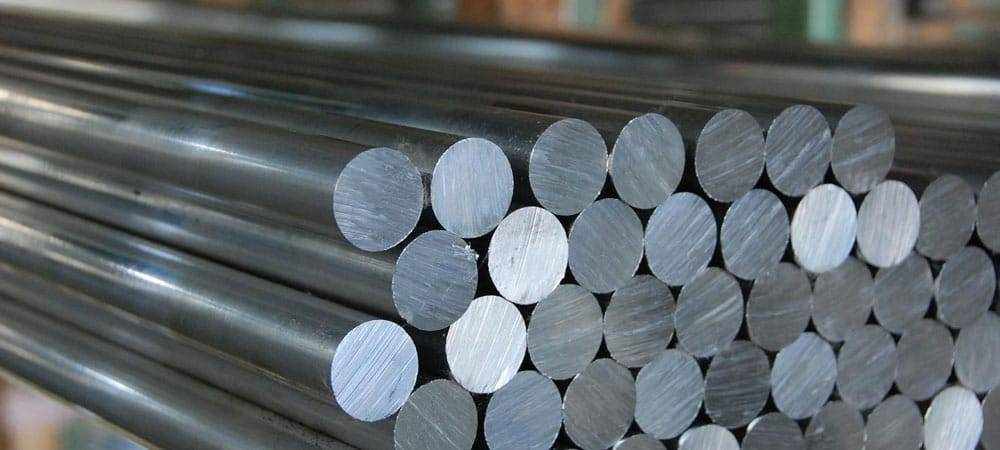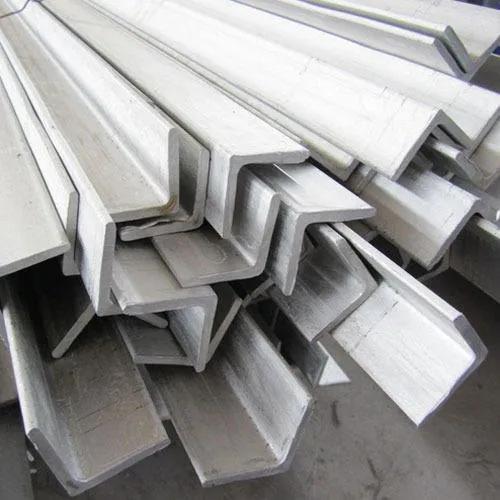
Condensate pots are important components in many industries that use steam systems, such as power plants, manufacturing facilities, and chemical plants. These pots help separate condensate from steam, ensuring that only steam flows through the system. However, the materials and features of condensate pots can vary depending on the industry and the specific needs of the system. Let’s explore the different materials and features of condensate pots used in various industries.
Materials Used in Condensate Pots
The material used to make condensate pots is essential to their performance and durability. Different industries require condensate pots made from materials that can handle the unique pressures, temperatures, and chemical exposures in their systems.
Stainless Steel: This is one of the most common materials used for condensate pots, especially in industries like power generation, oil, and gas. Stainless steel is strong, corrosion-resistant, and can withstand high temperatures, making it ideal for high-pressure steam systems.
Carbon Steel: Some industries that do not operate under extreme temperatures or harsh conditions may choose carbon steel for their condensate pots. It’s a cost-effective option and works well in systems where corrosion and high pressures are less of a concern.
Alloy Steel: In industries like petrochemical and chemical plants, condensate pots made from alloy steel are used due to their ability to resist high temperatures and corrosive substances. These pots are highly durable and can withstand challenging environments.
Features of Condensate Pots for Different Industries
Different industries have unique needs when it comes to condensate pots. For example, power plants require condensate pots that can handle high pressure and temperature, while the food and beverage industry may need pots that are easy to clean and resistant to contamination.
High-Pressure Resistance: In power plants, condensate pots are designed to withstand high-pressure steam. The materials used are stronger to prevent failures and ensure long-lasting performance in such intense conditions.
Corrosion Resistance: In industries like chemical and petrochemical plants, condensate pots must be resistant to corrosive chemicals. Stainless steel or alloy steel is commonly used in these systems to prevent damage and maintain reliability.
Ease of Cleaning: In industries like food processing or pharmaceuticals, cleanliness is critical. Condensate pots in these industries may be designed for easy cleaning and sanitation. Smooth, seamless designs without pockets where debris can collect are often preferred.
Choosing the Right Condensate Pot Manufacturer
The choice of Condensate Pot manufacturer is crucial in selecting the right product for each industry. A reputable manufacturer will provide condensate pots made from the best materials and designed with the necessary features for specific industrial needs. They will also ensure that the pots meet industry standards and can handle the pressures, temperatures, and conditions of the environment they will be used in.
Conclusion
Condensate pots come in a variety of materials and features to meet the diverse needs of different industries. Whether it's the high-pressure needs of a power plant, the corrosion resistance required in the chemical industry, or the easy-cleaning designs for food processing, the right condensate pot is essential for maintaining efficient and safe operations. By choosing a trusted Condensate Pot manufacturer, industries can ensure that their steam systems perform reliably and efficiently.




















Write a comment ...